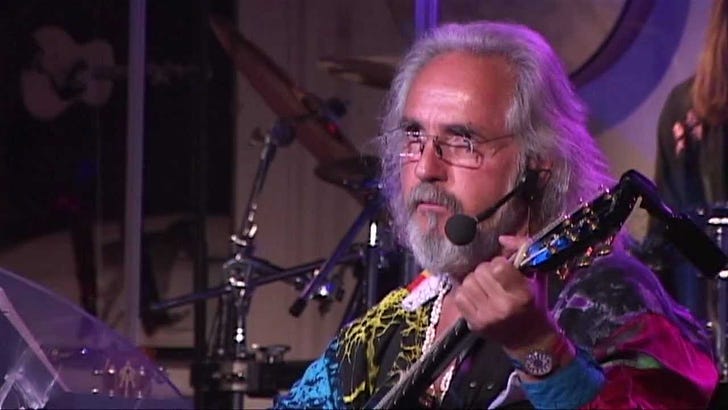This story first appeared on the website Please Kill Me in 2020, but was subsequently withdrawn when the publication "receive[d] strange, somewhat threatening comments from different people about the story," according to editor Alan Bisbort. It is a good introduction to my book New Age Grifter: The True Story of Gabriel of Urantia and His Cosmic Family …
Keep reading with a 7-day free trial
Subscribe to Paranoid History to keep reading this post and get 7 days of free access to the full post archives.



